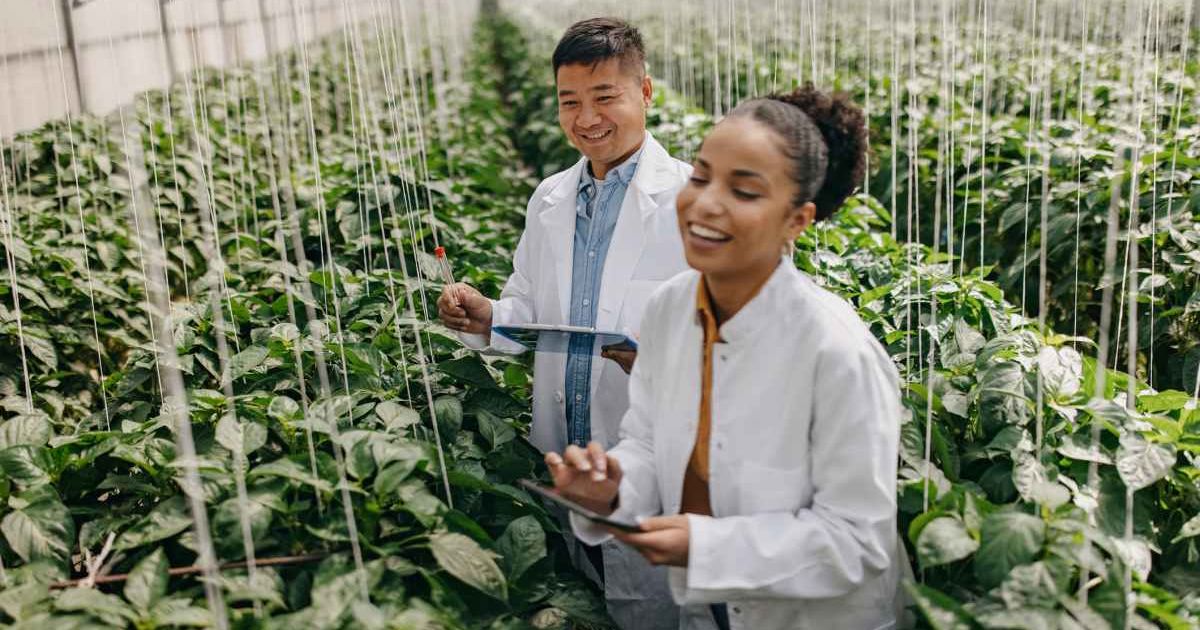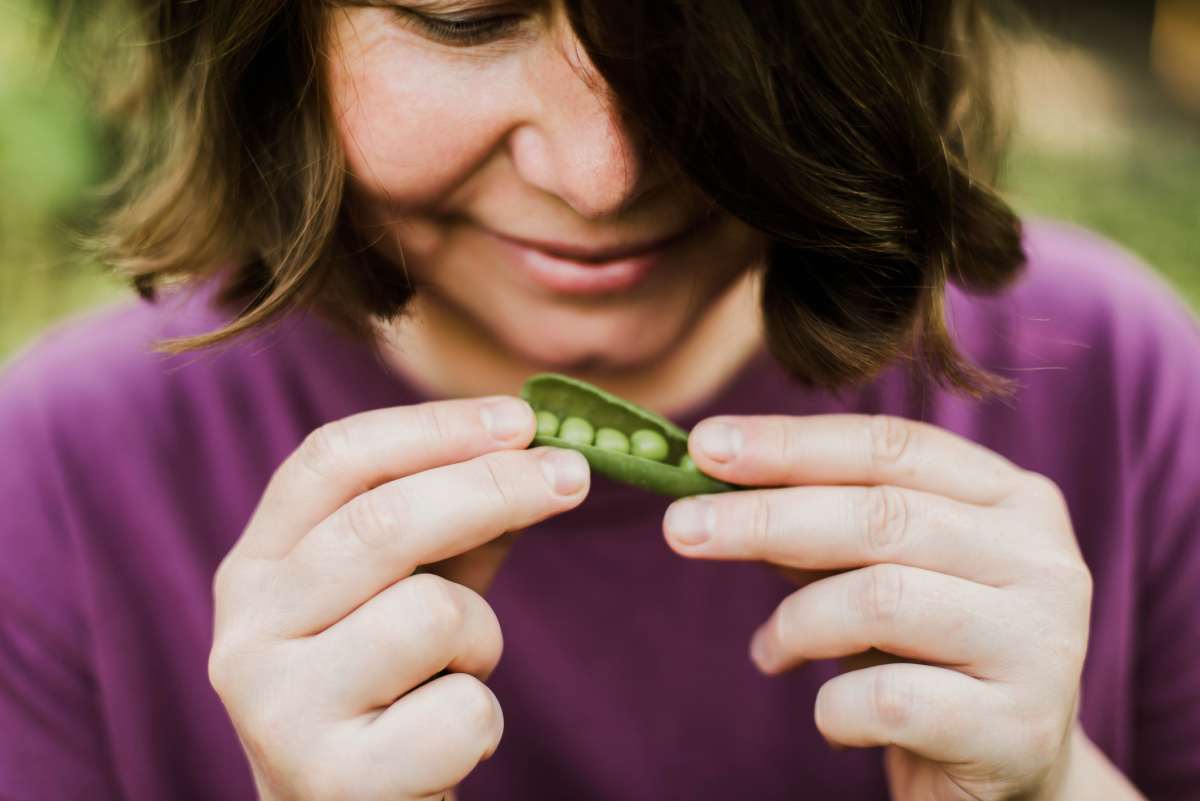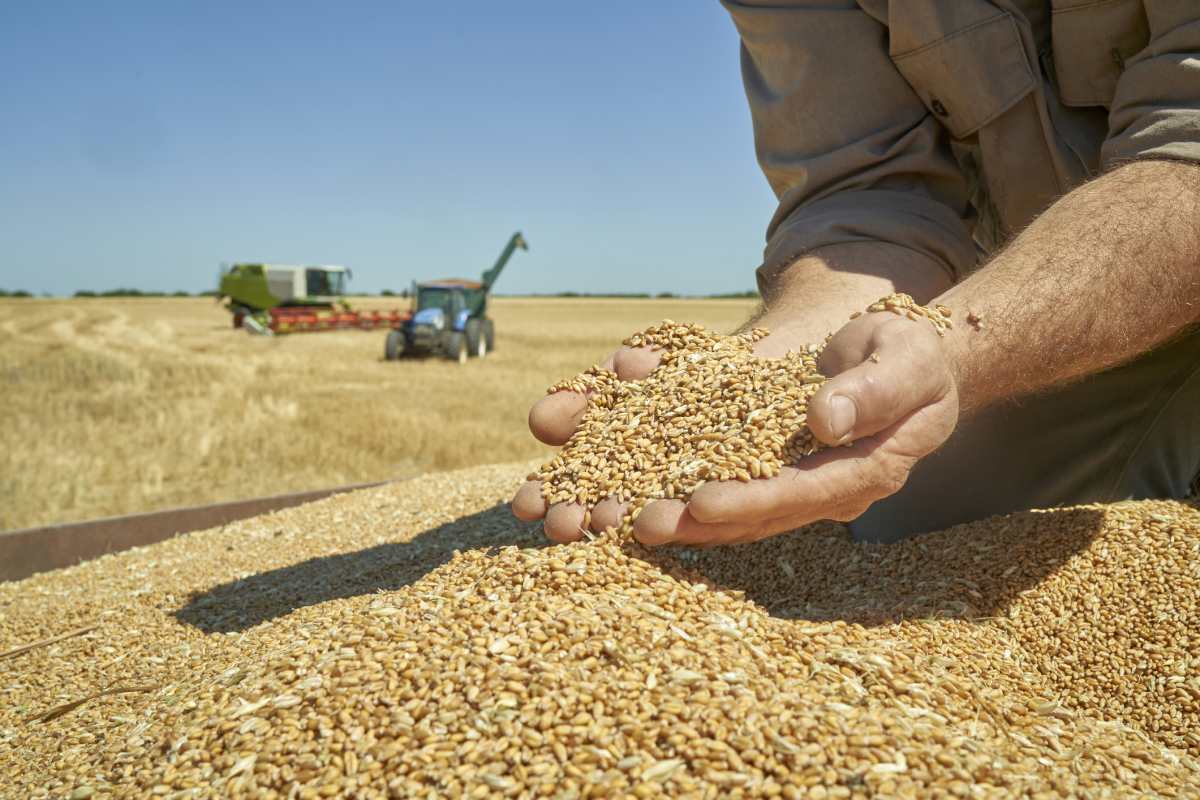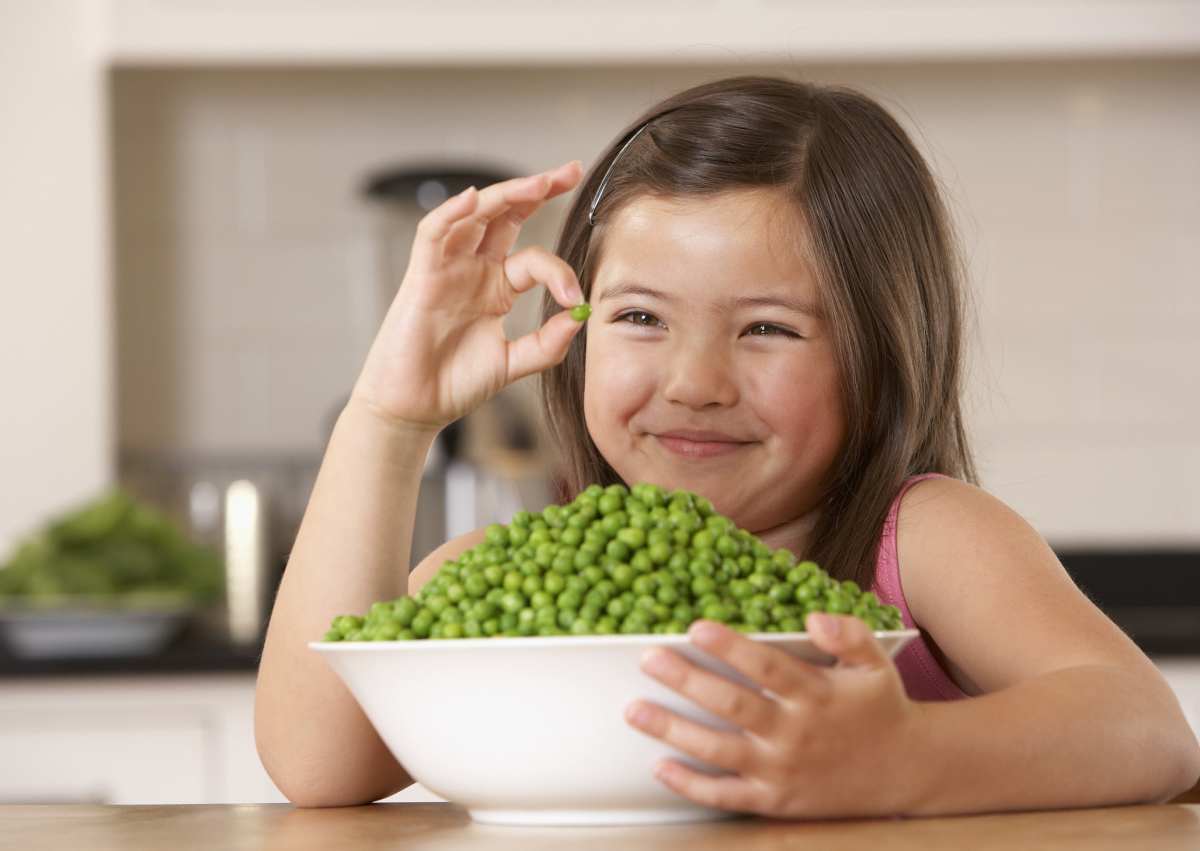Study Finds the Best Crops to Grow During a Catastrophe — and These Two Vegetables Top the List

The world we live in is hanging by a cliff. It can collapse at any moment. A massive supervolcano under the ocean could erupt. One day, the Sun may not even rise due to all the soot and dust being flung into the stratosphere. The snow melting on the polar points and the wildfires flaring up out of the blue; all these are omens that indicate that an abrupt global catastrophe could strike the planet anytime. In research published in the journal PLOS, scientists utilized mathematical optimization models to determine the best crops to grow should a catastrophe like this hit the planet.

Why determine optimum crops?

Should nature be to bestow such a catastrophe upon the planet, it would massively disrupt global trade, leading to shortages in critical commodities, including liquid fuels and foods produced by industries. To combat this and prepare for the future in advance, a team of scientists determined vegetable crops that humans would be able to grow to sustain their food calorie and protein supply per land area for both urban and near-urban agriculture. They deduced the results using both the plots of urban spaces as well as the properties of these edible crops.

They further calculated the estimate of population that could be fed through this urban agriculture alone, and also whether some extra plots of near-urban land would be required for additional industrial agriculture to feed the remaining chunk of population under both a normal climate and a potential nuclear winter.
Best crops for urban agriculture

The crop that topped the list of the best urban agriculture crops for apocalyptic scenarios was peas. "Peas are a high-protein food. They grow well in urban agriculture environments. If you want to feed someone, growing peas minimizes the amount of land you need to feed that person," Matt Boyd, founder and research director of Adapt Research, explained to Live Science. For the hypothesized nuclear winter, the most optimum crops they deduced were sugar beet and spinach.
Best crops for industrial near-urban production

The second contender in the list of the most optimum crops for a catastrophic reality was potatoes. For nuclear winters, wheat and carrots were proven to be the best and most appropriate. These crops, however, were designated to lists spawning agriculture driven by the properties of food crops. In the next step, the team analyzed the most optimal crops based on the structural characteristics of midsize cities where there was a shortage of green spaces.
The topper in every list: Peas

Here, too, peas topped the list for normal conditions. Peas, the researchers said, require 3,143 square feet of land to satisfy one person’s caloric and protein needs for a year, whereas a combination of cabbage and carrots requires 8,364 square feet, which is almost thrice as much land, Boyd explained. They used Google Earth of Palmerston North to analyze the plot sizes of green spaces. To their surprise, they found that there weren’t sufficient green spaces to feed all the people dwelling in urban settlements. "Surprise, surprise. The city can't feed all its people," Boyd said.

The food grown from the calculated urban spaces would be able to feed only 20% of the population, and the number would shrink to 16% during the nuclear winter. To feed the rest of the population, communities would need to recruit land outside of these urban green spaces. The visualized doomsday might never actually unfold, but if it does, studies like these are vigilant pointers for humans to start working on.
More on Green Matters
Scientists Found One Food That Will Save Humanity in the Event of an Apocalyptic Nuclear War
NASA Astronauts Stuck in Space For Months Are Now Growing Lettuce — But It's Not For Dinner
NASA Scientists Harvested Food Crops in Antarctica For The First Time — Then, They Took a Bite